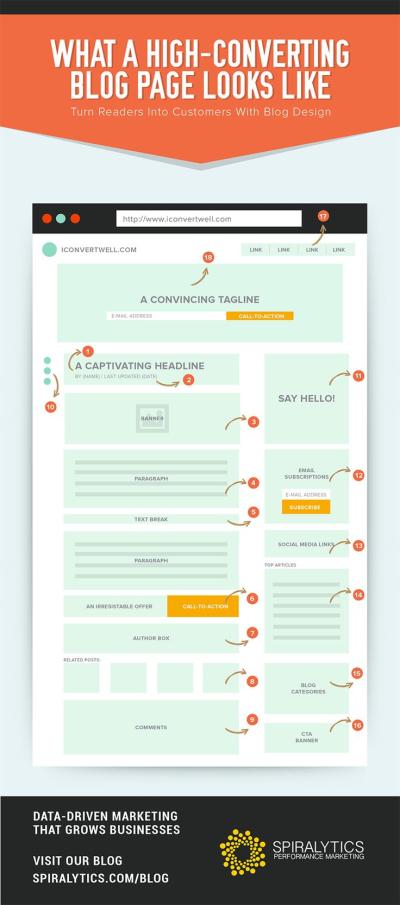Ever wondered how much it costs to get a video on Shutterstock? Whether you’re a content creator, marketer, or just curious about video licensing, understanding Shutterstock’s pricing structure can seem a bit overwhelming at first.
Factors Influencing Shutterstock Video Prices
When it comes to Shutterstock video pricing, several elements come into play, making each video’s cost unique. Here’s a breakdown of what influences the price:
- Resolution and Quality: Higher resolution videos like 4K or 8K naturally cost more than standard HD clips. If you need crystal-clear footage for a professional project, expect to pay a premium.
- Licensing Type: Shutterstock offers different licensing options—Standard and Enhanced. Standard licenses are usually cheaper and suitable for most uses like social media or websites. Enhanced licenses, which cover broader usage rights, tend to be more expensive but give you more flexibility.
- Video Length: Longer videos generally cost more because they take more time and resources to produce. However, on Shutterstock, pricing is often based on downloads rather than length, so choosing a shorter clip can be more budget-friendly.
- Subscription vs. Single Purchase: Shutterstock offers subscription plans that allow you to download a set number of videos per month at a lower per-video cost. If you only need one or two clips, paying per download might be more economical. Subscriptions are ideal if you need multiple videos regularly.
- Content Popularity and Demand: Trendy or highly sought-after footage can sometimes command higher prices, especially if it’s exclusive or newly uploaded content.
Understanding these factors helps you choose the right licensing and budget accordingly. For instance, if you’re working on a small social media campaign, a standard license and a shorter clip might suffice. On the other hand, big commercial projects might require an enhanced license and higher-quality footage, which will naturally cost more. Ultimately, knowing what influences the price allows you to make smarter decisions and get the best value for your money on Shutterstock.
Average Cost of Shutterstock Videos
When you’re diving into the world of stock videos on Shutterstock, one of the first questions that pops up is, “How much do these videos actually cost?” Well, the average price can vary quite a bit depending on several factors like the video quality, length, and licensing type. But to give you a ballpark idea, most standard stock videos on Shutterstock tend to fall in the range of $79 to $199 for a single standard license.
Here’s a quick breakdown:
- Standard License: Usually costs between $79 and $149 per video. This license covers most personal and commercial uses but has limitations on the number of copies or views.
- Enhanced License: If you need more flexibility, such as unlimited views or the ability to include the video in merchandise, the price jumps to around $299 or more.
It’s also important to note that prices can fluctuate based on resolutions. For example, a 4K video might cost a bit more than a standard HD version. Additionally, subscription plans can offer a different pricing structure—if you’re a frequent buyer, a monthly subscription might bring down the per-video cost significantly.
For creators looking to sell their videos on Shutterstock, understanding these average prices helps set realistic expectations about earnings. Remember, Shutterstock takes a percentage of each sale, so knowing the average sale price gives you an idea of what you might earn per download.
How to Determine the Value of Your Shutterstock Video Sales
Figuring out how much your Shutterstock videos are worth isn’t just about the listed price; it’s about understanding the potential earning power of each sale. Several factors influence the value of your video sales, and knowing these can help you optimize your content and pricing strategy.
First, consider the licensing type. As mentioned earlier, standard licenses are less expensive but more limited, while enhanced licenses command higher prices. If your video is in high demand or covers a niche topic, you might be able to price it higher or aim for more sales.
Next, look at the following key factors:
| Factor | Impact on Value |
|---|---|
| Video Quality | Higher quality (e.g., 4K, professional editing) can command higher prices. |
| Content Niche | Unique, trending, or in-demand topics tend to fetch better prices. |
| Length of the Video | Longer videos may be priced higher, but shorter, engaging clips can also perform well. |
| Market Demand | If there’s a high demand for your style or subject matter, you can price accordingly. |
| Usage Rights | Extended or exclusive rights increase the value of each sale. |
To get a clearer picture of your video’s worth, analyze your sales data if you already have some sales history. Look for patterns—are certain types of videos selling more? Are higher-resolution videos earning more? Use this insight to refine your content creation and pricing strategies.
Additionally, consider the competition. Browse Shutterstock to see what similar videos are priced at and how they’re performing. This market research can help you set competitive prices that maximize your earnings without undervaluing your work.
Ultimately, the value of your Shutterstock videos depends on a blend of quality, relevance, demand, and your strategic pricing. Keep experimenting, learning from your sales data, and adjusting your approach to find that sweet spot where your videos sell well and earn you a fair income.
Tips for Maximizing Revenue from Shutterstock Video Sales
Getting the most out of your Shutterstock videos isn’t just about uploading high-quality content—it’s also about strategic efforts to boost your sales and maximize your earnings. Here are some practical tips to help you succeed:
1. Focus on Trending and Evergreen Topics
Keep an eye on current trends and evergreen themes that remain relevant over time. Videos related to popular topics like technology, health, business, or lifestyle tend to perform well and attract consistent buyers. Conduct research on what kind of content is in demand by browsing Shutterstock’s top-selling videos or using tools like Google Trends.
2. Optimize Your Metadata
Metadata is key to making your videos discoverable. Use clear, descriptive titles, relevant keywords, and detailed descriptions. Think about what potential buyers might search for—be specific but also include broad terms to increase visibility. Well-optimized metadata helps your videos appear in search results and can significantly boost sales.
3. Maintain Consistent Quality and Style
Uploading high-quality, visually appealing videos in a consistent style creates a recognizable portfolio that buyers trust. Whether you focus on cinematic landscapes, animated clips, or lifestyle footage, keeping a consistent theme can help you attract repeat customers who appreciate your work.
4. Diversify Your Portfolio
Don’t rely on just a few videos. Upload a diverse range of content to appeal to different needs and markets. This increases your chances of sales across various categories and helps you build a robust portfolio that can generate passive income over time.
5. Promote Your Work Outside Shutterstock
While Shutterstock provides a platform for sales, promoting your videos on social media, your personal website, or creative communities can bring in additional viewers and potential buyers. Creating a strong online presence can lead to more downloads and higher earnings.
6. Keep Upgrading Your Skills
Stay current with the latest trends in videography, editing techniques, and equipment. Continuous learning helps you produce fresh, professional content that stands out from the crowd. Consider tutorials, workshops, or online courses to refine your skills and improve your content quality.
Conclusion and Final Thoughts on Shutterstock Video Pricing
Understanding how Shutterstock prices and sells videos is essential for anyone looking to turn their creative efforts into a steady income stream. While the platform offers a relatively straightforward pricing structure, your success ultimately depends on the quality of your content, strategic metadata use, and ongoing efforts to diversify and promote your portfolio.
Remember, Shutterstock’s licensing model—royalty-free with different purchase options—means your videos can reach a global audience across a variety of projects. By pricing your videos appropriately and following best practices for content creation and marketing, you can maximize your revenue potential.
As you continue to upload and refine your work, keep an eye on industry trends and adapt accordingly. With patience, persistence, and a bit of strategy, you can build a profitable video portfolio on Shutterstock and enjoy a rewarding creative journey.


